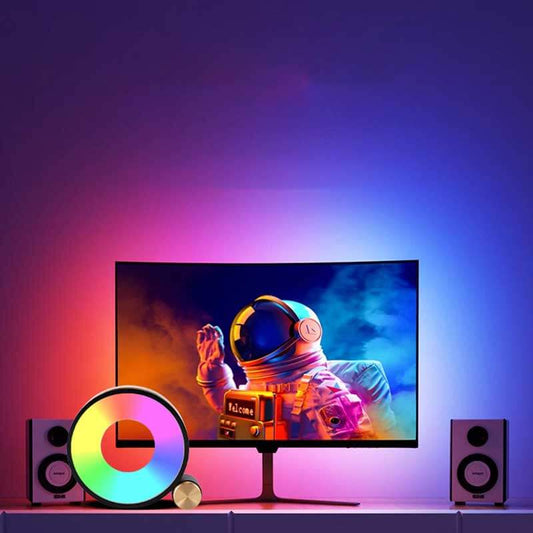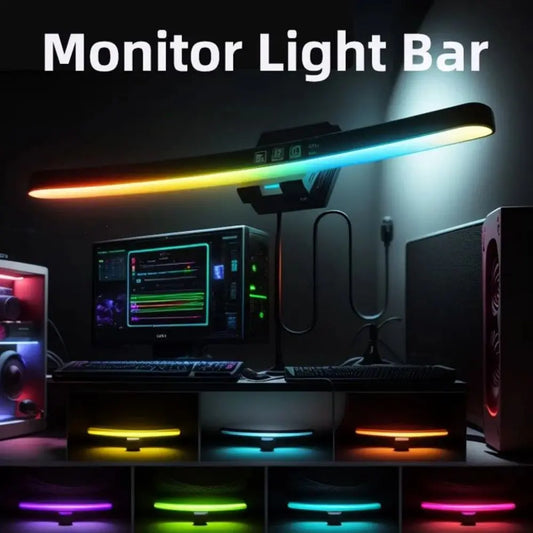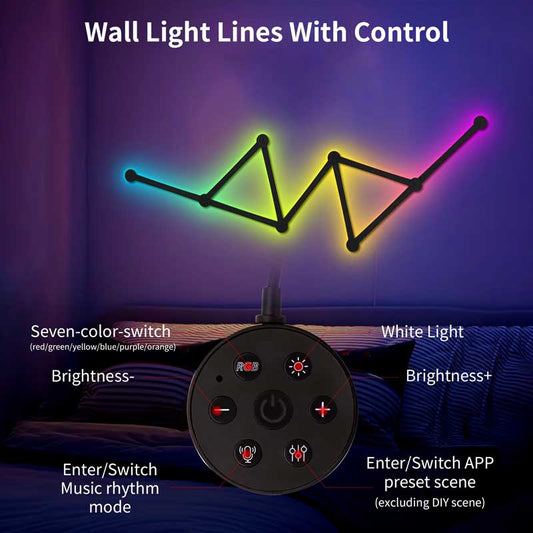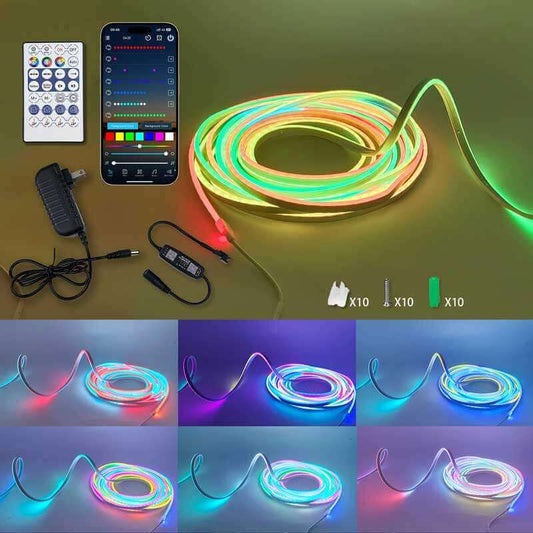Why Do Solar Garden Lights Fail?
Aktie
Solar garden lights are a fantastic and eco-friendly way to illuminate your outdoor spaces. They work by harnessing solar energy during the day to power the lights at night, offering a sustainable lighting solution. However, like any other electrical device, solar garden lights can fail over time. In this blog, we’ll explore the common issues that cause solar lights to malfunction, what causes them, and how to prevent and fix these problems to extend their lifespan.
Common Issues with Solar Garden Lights
-
Solar Lights Not Turning On One of the most common issues is when your solar garden light won’t turn on at all. This can be frustrating, especially if the lights are still relatively new.
-
Dim or Weak Light Another issue is when the lights appear to work, but the brightness is significantly lower than expected. This can result in a dim or faint glow, which diminishes the aesthetic effect you want for your garden.
-
Inconsistent Lighting (Flashing or Flickering) Some solar lights may flicker or switch off and on intermittently, which can be a sign of electrical instability or internal malfunctions.
-
Not Charging or Battery Draining Quickly Some solar lights might not seem to be charging properly during the day, or they might drain quickly, offering very little light at night.
Reasons Behind Solar Garden Light Failures
There are several possible reasons why your solar lights may fail, ranging from battery problems to external environmental factors. Here's a deeper look at each potential cause:
1. Battery Issues
The most common culprit behind non-functioning solar lights is the battery. Since solar lights rely on rechargeable batteries, they can wear out over time, especially if the light is exposed to extreme conditions or is used for long periods.
- Battery Aging: Over time, the battery’s capacity decreases, meaning it cannot store enough charge to power the light throughout the night.
- Short-circuiting: A short in the battery can cause the light to fail entirely or become unstable.
- Corrosion: If the battery terminals corrode due to exposure to moisture, it may result in poor connections and prevent the light from working.
2. Solar Panel Problems
Solar panels absorb sunlight to convert it into energy. If there is an issue with the panel, the whole lighting system can fail.
- Dirt and Dust: Dust, dirt, or debris can accumulate on the solar panel, blocking sunlight from reaching it and reducing the amount of energy it collects.
- Damage: Physical damage to the solar panel can drastically reduce its ability to collect sunlight, whether it's from a storm, accidental impact, or wear and tear.
- Incorrect Angle: If the solar panel is not positioned at the correct angle, it may not receive enough direct sunlight, reducing its charging efficiency.
3. Controller Malfunctions
Solar lights often come with a built-in controller that regulates the flow of energy from the solar panel to the battery and turns the light on at night. If the controller is faulty, it may prevent the light from functioning properly.
- Software Glitches: In some cases, the controller might experience a software or program malfunction, preventing it from switching on at dusk or turning off at dawn.
- Hardware Failures: Damage to the internal components of the controller, such as burnt-out fuses or malfunctioning resistors, can lead to power issues or the light failing completely.
4. Wiring Issues
Solar lights depend on a series of wires that connect the solar panel, battery, and LED light. Over time, wires may wear out or develop faults, causing inconsistent or no power to reach the light.
- Wire Shortages: Wires can short out due to wear, damage, or improper connections, resulting in complete failure of the light.
- Loose Connections: A loose wire or terminal connection can cause the light to flicker or fail intermittently.
5. External Environmental Factors
Solar lights are vulnerable to the elements. Extreme weather conditions, such as thunderstorms or heatwaves, can damage the lights or reduce their effectiveness.
- Heavy Rain or Flooding: Rain can affect the internal wiring and circuitry if the lights aren’t adequately waterproof.
- Lightning Strikes: A nearby lightning strike can cause electrical surges that damage the electrical components of solar lights.
- Extreme Temperatures: Both high and low temperatures can damage the battery or reduce its charging capacity.
How to Prevent and Fix Solar Light Failures
1. Regular Cleaning
To ensure your solar garden lights work optimally, clean the solar panels regularly. Use a soft cloth or a mild detergent to wipe off dirt and dust. This ensures the solar panel can absorb maximum sunlight.
2. Replace the Battery
If your solar light is not charging or stays dim, consider replacing the battery. Most solar garden lights use standard rechargeable batteries (like AA or AAA) that can be replaced easily.
3. Position the Solar Panel Properly
Ensure that your solar panel is placed in a location where it will receive direct sunlight for several hours during the day. Avoid placing it under trees or other structures that might cast shadows on the panel.
4. Check for Wiring Issues
If your lights flicker or don’t turn on, inspect the wires for damage. Make sure all connections are secure. If you find any loose or broken wires, replace them to restore full functionality.
5. Use High-Quality Products
To avoid these problems, invest in high-quality solar garden lights that come with durable batteries, well-designed solar panels, and robust wiring systems. Avoid cheaper, low-quality models that might have a shorter lifespan.
6. Protect Against Harsh Weather
If you live in an area with extreme weather conditions, consider purchasing solar lights designed to withstand harsh climates. Waterproof and weather-resistant models will last longer and perform better.




